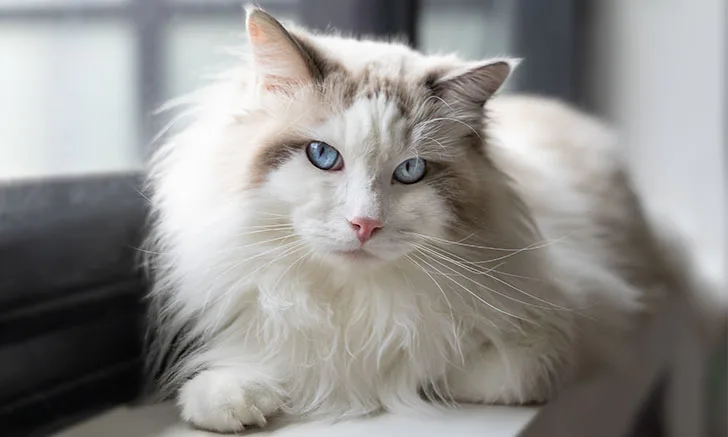Red Light, Green Light: Insulin Alternative for Feline Diabetes

Sponsored by Elanco
Diabetes mellitus (DM) is a common condition in older cats, and treatment and monitoring can come with a number of challenges for both the cat and the owner. Traditional therapies have included twice-daily insulin injections and dietary changes to low-carbohydrate diets. However, an innovative treatment alternative is now available. Bexacat™ (bexagliflozin tablets) is a once-daily flavored oral treatment to improve glycemic control in otherwise healthy cats weighing >6.6 lb (3 kg) with DM not previously treated with insulin.1 Bexagliflozin, the active ingredient, inhibits sodium-glucose cotransporter 2 (SGLT2), a protein that acts as the primary transporter responsible for glucose reabsorption in the kidneys.1 Inhibition of SGLT2 promotes glucose and sodium excretion in the urine, ultimately lowering blood glucose levels.1
Careful patient selection and close monitoring of cats treated with Bexacat is essential. Follow the cases to learn more about patient selection and monitoring of Bexacat.
Indication
Bexacat is indicated to improve glycemic control in otherwise healthy cats with diabetes mellitus not previously treated with insulin.
Important Safety Information
Before using this product, it is important to read the entire product insert, including the boxed warning. See package insert for full prescribing information. Cats treated with Bexacat may be at an increased risk of diabetic ketoacidosis or euglycemic diabetic ketoacidosis, both of which may result in death. Development of these conditions should be treated promptly, including insulin administration and discontinuation of Bexacat. Do not use Bexacat in cats with diabetes mellitus who have previously been treated with insulin, who are receiving insulin, or in cats with insulin-dependent diabetes mellitus. The use of Bexacat in cats with insulin-dependent diabetes mellitus, or the withdrawal of insulin and initiation of Bexacat, is associated with an increased risk of diabetic ketoacidosis or euglycemic diabetic ketoacidosis and death. Sudden onset of hyporexia/anorexia, lethargy, dehydration, diarrhea that is unresponsive to conventional therapy, or weight loss in cats receiving Bexacat should prompt immediate discontinuation of Bexacat and assessment for diabetic ketoacidosis, regardless of blood glucose level. Bexacat should not be initiated in cats with pancreatitis, anorexia, dehydration, or lethargy at the time of diagnosis of diabetes mellitus, as it may indicate the presence of other concurrent disease and increase the risk of diabetic ketoacidosis. Due to risk of severe adverse reactions, do not use Bexacat in cats with evidence of hepatic disease or reduced renal function. Consult a physician in case of accidental ingestion by humans.
